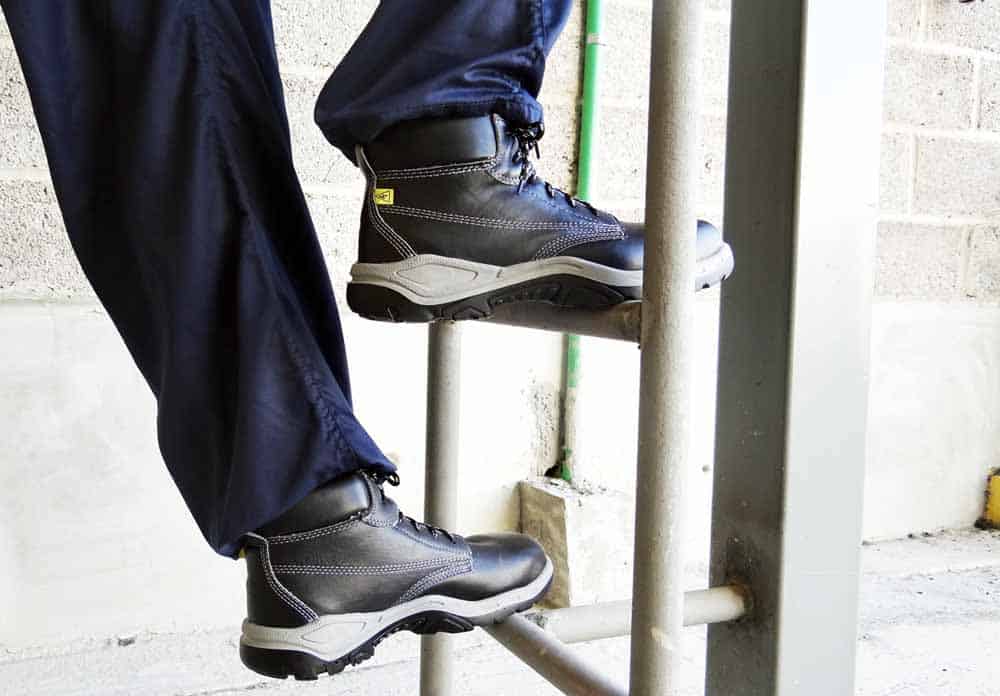
SAFETY TIPS FOR THE USE OF STAIRS
Ladders are a fundamental work tool for certain tasks and work areas. The Occupational Safety and Health Administration (OSHA) states that ladders are involved in many as accidents, for this reason it is important to inspect, and maintain this tool to avoid accidental use.
Here are some OSHA tips for using ladders:
BEFORE STARTING
Inspect the ladder and look for the following faults:
If you find any ladder with these flaws, it cannot be used because it is in poor condition. It is suggested to tag the ladder as damaged and take it out of service for repair. If repairs are not feasible, the defective ladder must be removed and disposed of from the job site.
DURING USE
A ladder of the type and size appropriate to the work to be performed and the workspace should be chosen, unless there are fixed ladders, ramps, or walkways. The following points should be taken into consideration:
STORAGE
Stairs must be stored in well-ventilated places, away from moisture to avoid corrosion and wear of their materials.
SAFETY FOOTWEAR FOR THE USE OF STAIRS
SICURA safety footwear are ergonomically designed and made with high quality and durable materials. They have a dual-density polyurethane sole that offers high slip resistance and flexibility, ideal for the use of stairs.
The dual-density polyurethane sole of Calzados Sicura provides the worker with a light, flexible and comfortable footwear, thanks to its combination of expanded and compact polyurethane. Calzados Sicura differentiates the double density of polyurethane with two different colors on its sole. The functions and benefits of both types of polyurethane are listed below:
Expansive Polyurethane: provides comfort and lightness, its main function is to reduce the weight of the user by absorbing the impact that occurs when walking. Similarly, it minimizes the conditions or ailments that could occur when standing for long periods of time, avoiding musculoskeletal injuries.
Compact Polyurethane: provides resistance to wear and abrasion, especially in aggressive terrain such as stone, concrete and floors exposed to high temperatures. Its main function is to generate stability in the tread, and it has anti-slip properties. Thanks to the compact polyurethane layer, the footwear can be used on petroleum derivatives while maintaining its physical properties and highly reducing slippage. Its properties favor the non-adherence of earth and mud. It is oil and numerous chemical resistants.
We invite you to know our safety footwear in the PRODUCTS section.
Source: Occupational Safety and Health Administration (OSHA) Ocupacional (OSHA)

We are a Venezuelan company founded in 1992 in Guatire, Venezuela, with the purpose of manufacturing safety, protective and work footwear.
© 2021 | Calzado Sicura